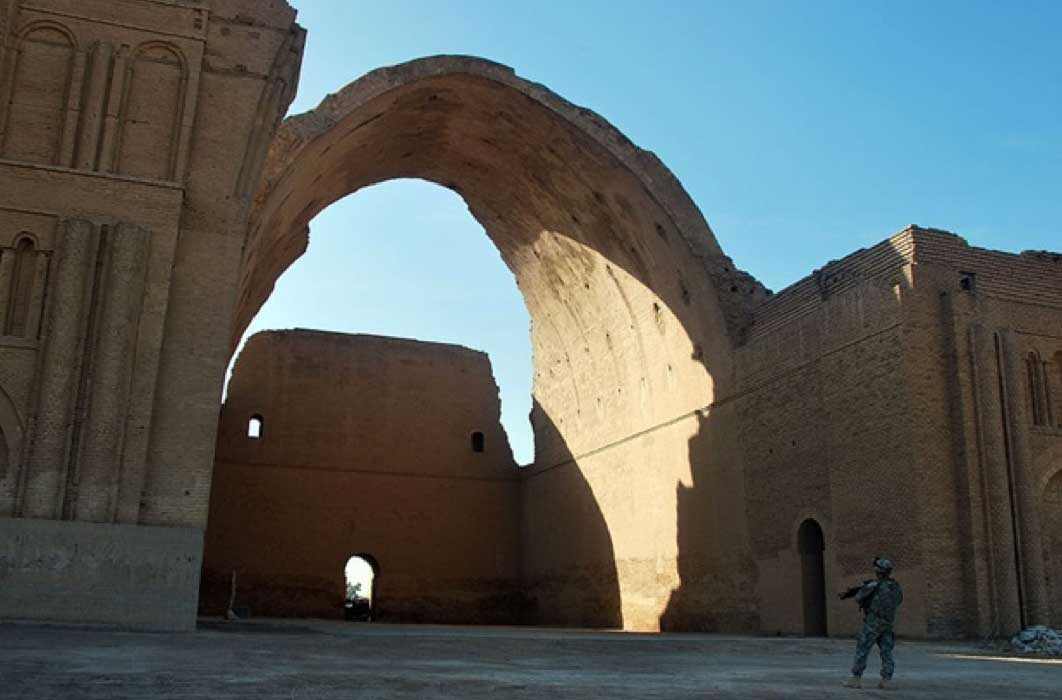
Ardashir’s Effective Reform of the Sassanid Military Machine
In the third century AD, Parthia and Rome had been waging war against each other for far too long. Sometimes Parthia was the victor while at other times Rome was the victor, and it seemed as if no end to the war was in sight. Then finally: “Severus’ success destabilized the Parthian dynasty, fatally weakening it, and what emerged to take its place would be a mirror image of Rome itself – a ruthless, aggressive, centralized state that would stop at nothing.” This ‘mirror image’ of Rome was none other than the Sassanid Empire, founded by Ardashir I around 208 AD, but the empire only really took shape when he rebelled and overthrew the Parthian Empire in 227.

Artwork of Ardashir, the founder of the Sassanid Empire, from a book called Nāma-ye ḵosrovān published by Jalal Al-Din Mirza (1827 - 1872). (Public Domain)
Parthian Rule
In 216, Rome and Parthia went to war and the conflict between the two did not end until a year later in 217. The result was a Parthian victory, but at a heavy price; a diminished military-aged male population. Within the decade another war erupted, this time between the ruling Parthians and the subjugated Persians led by Ardashir, a descendant of the kings of Persis. So why did Ardashir rise up to overthrow the Parthian Empire? Ardashir was tired of losing, not so much in the sense of losing wars as if it were a football game, but rather the loss of heritage and an ineffective militia that was incapable of launching a truly successful invasion into Roman territory.





